
Not all progress moves forward. Sometimes, old-school designs knew exactly what they were doing. They weren’t flashy, but they didn’t fail. The kind you didn’t appreciate until it disappeared. These ten throwbacks show how much we traded in the name of convenience.
Manual Car Windows
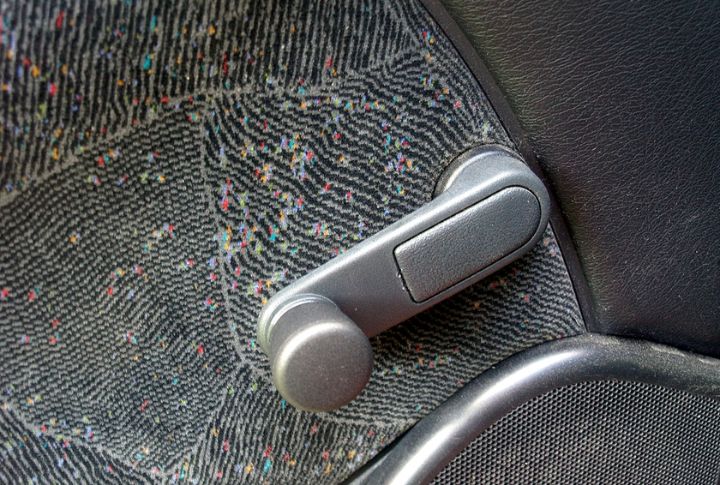
Back when windows were hand-cranked, they worked even during power failures or floods. They rarely jammed in harsh weather and were easy to fix with inexpensive parts. Moreover, defogging was instant, and they didn’t weigh down your door.
Flip Phones
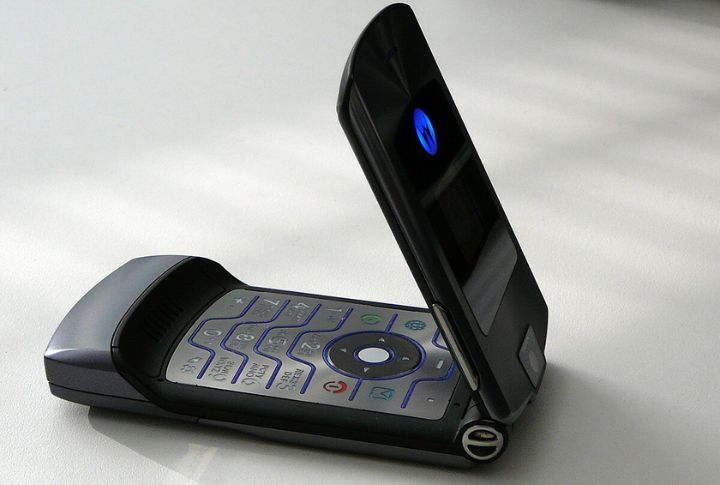
Today’s smartphones can’t beat the simplicity of flip phones. Batteries lasted for days, and calls were direct without constant app notifications pulling attention away. The Motorola Razr alone sold over 130 million units. Snapping them shut felt satisfying, and fewer digital distractions kept people focused and present.
Analog Thermostats
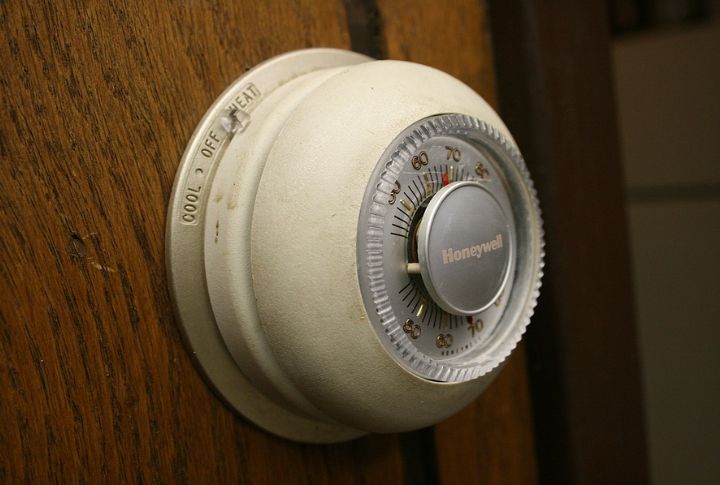
Analog thermostats were simple, sturdy, and always ready. No setup, no confusion—just a quick twist. They worked even during power outages, and mercury switches rarely failed. These devices quietly did their job for decades without needing updates or complicated settings.
TVs With Dials
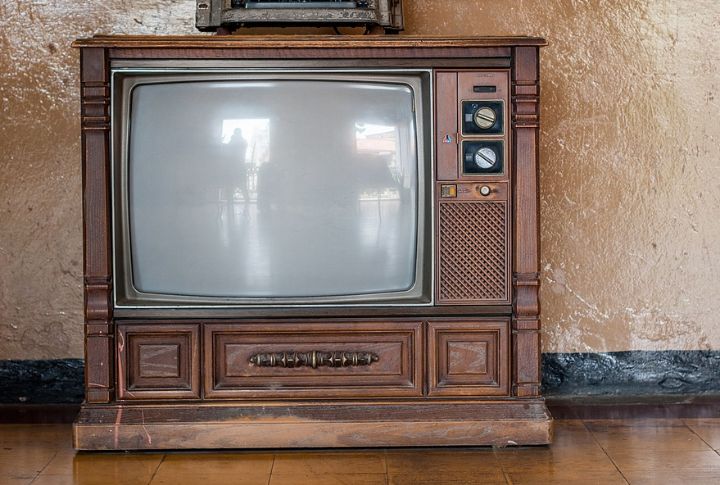
Before remotes, changing channels meant a quick twist without any lag or loading. These TVs ran for decades and rarely broke down. Fewer buttons meant fewer problems, and kids often handled the dials. Simpler tech made watching shows easy and hassle-free.
Paper Maps
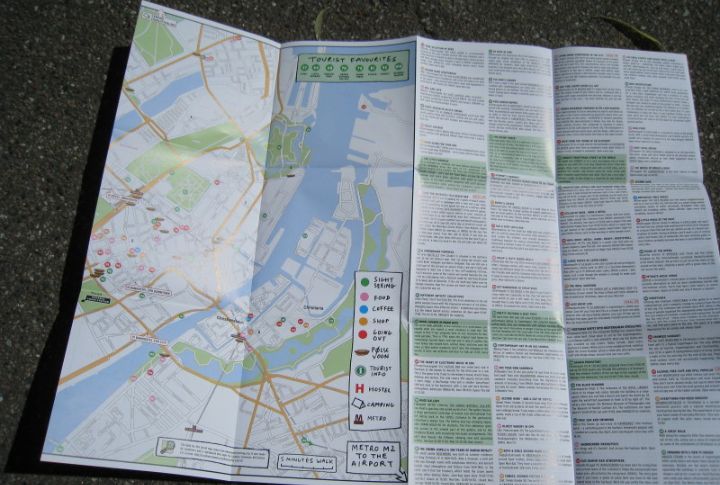
Navigating with paper maps meant no battery drain or signal loss. They displayed entire routes at a glance and could be marked with notes. AAA’s TripTiks were a road trip staple. You couldn’t get rerouted into a lake, and the maps often became treasured souvenirs.
Mechanical Can Openers
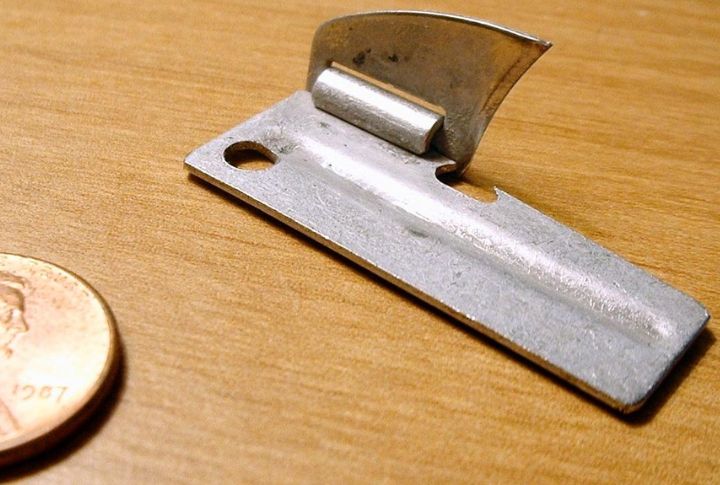
Manual can openers handled every size, never needed power, and didn’t trap food gunk like their electric cousins. Easy to clean and reliable during outages, they offered better control and long-term use. In emergencies or daily life, their simplicity and toughness earned them a permanent drawer spot.
Cash Transactions

Before payment apps and card swipes, cash ruled for a good reason. You paid, got your change, and were done. It cut out fraud worries and made budgeting feel natural. Even better, transactions felt more human, especially with a quick conversation while getting your change.
Wooden Toys
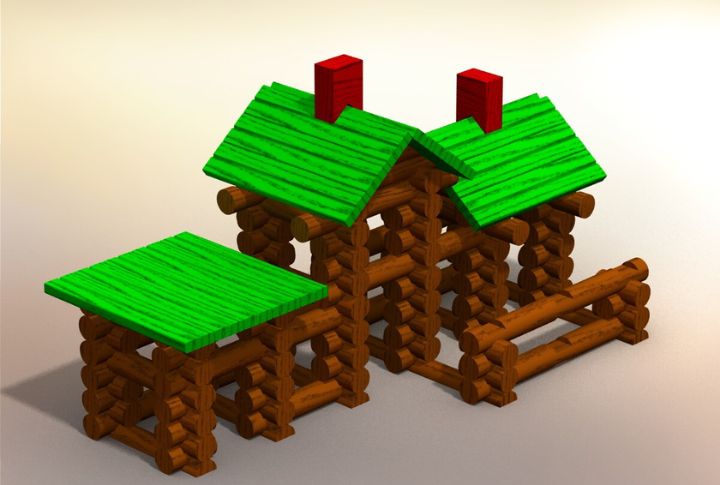
Durable and chemical-free, wooden toys like Lincoln Logs and Tinker Toys didn’t need batteries or screens. They sparked imagination and taught real-world problem-solving. Often passed down through generations, they also held up under rough play.
Rotary Phones
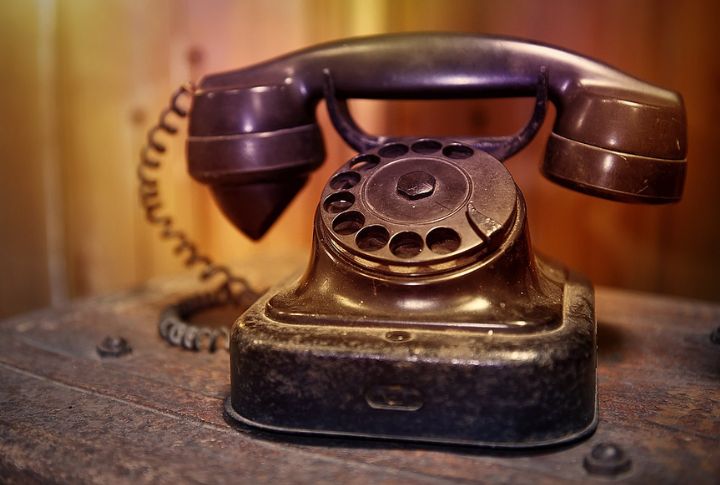
Rotary phones made dialing deliberate. You had to pause and remember numbers. There were no accidental calls, and the sturdy build meant they lasted decades. That distinct whirring click with every turn added character modern phones simply don’t have.
Film Cameras
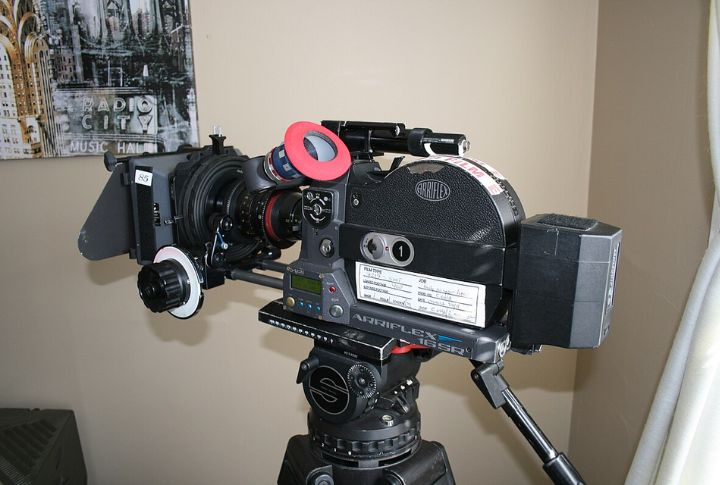
Photographs once came with planning. Film cameras didn’t offer previews or edits, so each click mattered. Disposable versions tagged along on vacations, quietly saving memories. The wait for prints was part of the joy, and those tangible photos rarely got lost in the shuffle.

